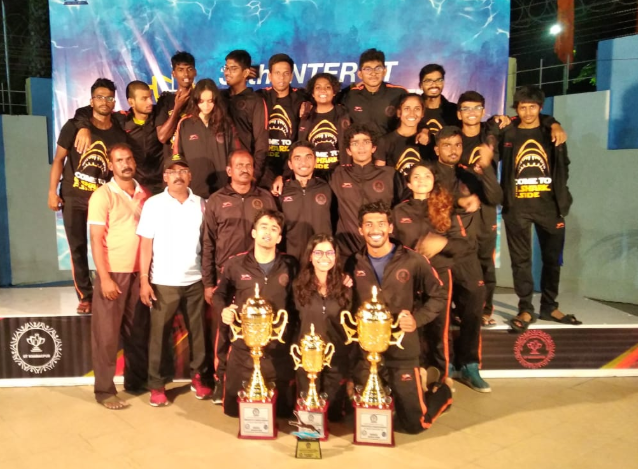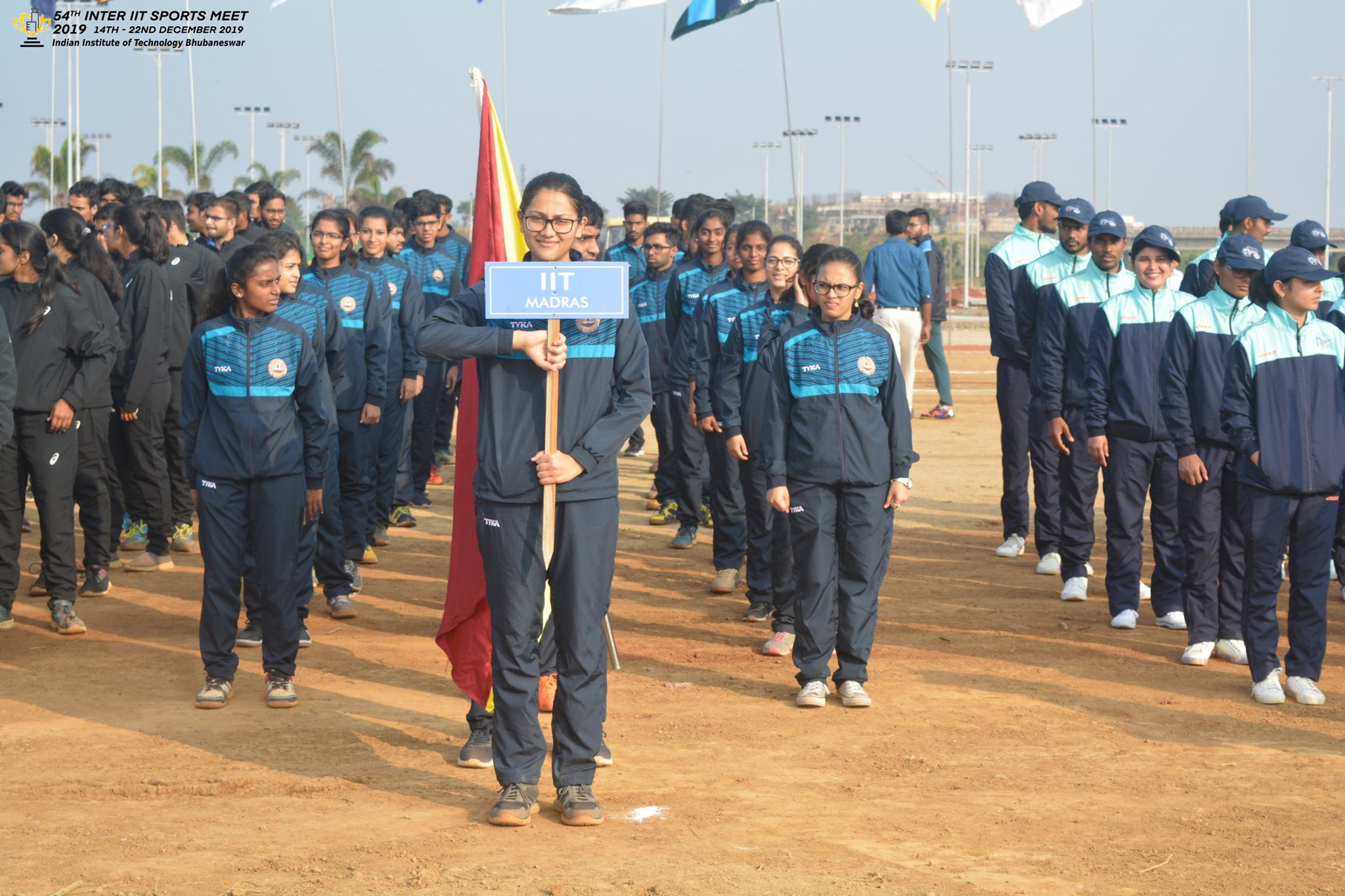Edited by Soumya | Design by Ramana
The marshal runs across the back waving the green flag. As the camera pans to the starting grid, you exchange tense glances with your friend sitting beside you. Both of you know that the first turn is going to be critical. This is Monaco after all; historically one of the most difficult tracks to overtake on. The start lights go off one-by-one with a resounding beep as you feel your heart rate jump 75bpm and the familiar rush of adrenaline in your veins. We’ve all heard it hundreds of times at this point but when the final light goes out with Crofty’s iconic “It’s lights out and away we go ” the whole of CLT erupts in an uproar.
What is Formula One?
Formula 1 is an entrancing sport and it is pretty easy to fall in love with it. As a beginner, you may feel a tad overwhelmed when other fans are discussing a driver, car, or race. That’s nothing to worry about. If fast cars fascinate you then look no further! F1 is the pinnacle of the fastest open-wheel, open-cabin four-wheeled autos in the world. But if the technical nitty-gritty isn’t your cup of tea; the racing, drama, rivalries, and controversies are plenty to keep you wanting more.
At its core, Formula 1, like most motorsports, is pretty simple to understand: the first car to cross the finish line wins! And before you say “Isn’t it just cars doing laps around a circular track?” – that’s NASCAR and no, we don’t talk about those guys here. Drivers and their teams are awarded points based on where they finish, and the driver and team with the most points at the end of the season are crowned world champions! It seems simple enough, but there’s so much more to it.
The insane engineering behind F1
F1 engineering is a never-ending game of compromises and a search for optimization. The cars must be built in adherence to extremely detailed technical regulations, but there is a lot of room for creative freedom and technical innovation. The DNA of Formula 1 has always been the teams’ quest to push the boundaries of automotive design, to either create better and more efficient cars or to find loopholes in the technical regulations and cynically exploit them for the maximum benefit before the regulators catch on.
Teams design an entirely new car for each season and dedicate significant resources to continually improving. The results are incredibly fast machines, reaching speeds of up to 360 kmph, going from 0-100 in about 2.6 seconds.
The Race
Prior to the scheduled race time, the cars do a formation lap to warm their tires and line back up in their slots. Races last for a set number of laps, or two hours of racing time, whichever occurs sooner. Various penalties may be levied against drivers for rule infringements, depending on their severity. Points are awarded to the top 10 finishers in each race, which count toward the championship races: 25 points for the winner, 18 for second and 15 for third, down to a solitary point for 10th place. An additional point is awarded to the driver who earns the fastest lap, so long as they finish in the top 10.
The Strategy
F1 is a sport that combines the capabilities of the drivers with the performance of their machines. The tolerances are so fine that even small timing errors can cause a driver to lose one end of the car and send it into the barriers. Overtaking in F1 is all about understanding the aerodynamics of your machine.
All teams are supplied with a set allocation of tires for each race weekend. Depending on the particular characteristics of the track, different tires may offer an advantage. Each driver must employ at least two types of tire compound during a race. That leads us to pitstops: a true symphony of teamwork. A pit crew is able to lift the car and service the tires (remove the old wheel and replace it with the new wheel) all at a mind-bending speed of just under 3 seconds!
Race Weekends
On a Grand Prix weekend, the action is scheduled across three days: Friday hosts the first free practice sessions of one hour each (FP1 and FP2); Saturday hosts FP3 and qualifying, and Sunday is race day. The teams test out their cars during practice sessions, as they try to gather data to best make decisions as to how to attack qualifying and the race.
The Iconic Circuits
Formula 1 travels all around the world with 22 grand prix events held across multiple countries which provides a lot of variety in the characteristics of the racetracks. Some are power-hungry circuits that prioritize straight-line speeds; some require a larger emphasis on cornering. Teams will change the set-up of their cars depending on the specific characteristics of each track. Most races are held during the day, but some (in Singapore and in the Middle East) are held at night under lights. Most Grand Prix are held on race circuits, but in some locations, they race on the streets (notably Monaco, Baku, Jeddah) making things interesting.
The Drivers
Ah, what even is F1 without its glamorous drivers? Currently, the grid is composed of 10 teams, which field two cars each. Drivers are rock stars and get paid accordingly. Mercedes’s 7-time champion Lewis Hamilton’s salary this season will be around $30 million (excluding bonuses and his myriad endorsements), with half of the grid taking home more than $10 million in salary.
The somewhat quirky characteristic of having two teammates compete directly in a (largely) individual sport provides some of the most gripping storylines in Formula 1. After all, in motorsport, the only real way to test skill is by comparing yourself against someone operating the same piece of machinery (Looking at you Rosberg *wink*). F1’s history is littered with memorable intra-team rivalries: be it Senna and Prost 1998, or Hamilton and Rosberg 2016.
So how does one get to be a Formula 1 driver? Well, for starters, you’ll need to get into karting as a kid to learn to drive. That said, the sport thrives on money and since there are only 20 seats to fill, oftentimes it’s the drivers who can command sponsorship who find themselves in a seat. Two championships are awarded at the end of every season: the drivers’ championship (to the driver who earned the most points over the season); and the constructors’ championship (to the team whose drivers combined earned the most points) with the two championships almost always going hand-in-hand.
The rise in popularity of F1
Going back just a few years, F1 was primarily a European sport with most viewers coming from the EU with a few scattered fans across the Americas and Asia. Fast-forward to the present, if you were to ask how the popularity of F1 is holding up; let’s just say football might need to worry! 😉 Add to this the fact that the 2021 season had one of the most nail-biting (some would say controversial) final races in nearly a decade; there has never been a better time to get into F1.
The hype for these races can be traced back to 2020 and a Netflix F1 docuseries called Drive to Survive. DTS has been the springboard that vaulted F1 into a global phenomenon. The sport has become equal parts soap opera and professional race circuit. The intrigue around the sport’s larger-than-life characters and the continued glamorization of the lifestyle surrounding them has left fans begging for more.
Take Lando Norris, the 22-year-old McLaren driver as an example. There’s no one who embodies the Gen-Z attitude more than Lando, the only driver on the grid to have a vlog and a Twitch channel. He’s also somewhat of a memelord – stirring up drama, creating great video moments and generally keeping things spicy. This has been monumental in opening the sport up to new, younger, and more diverse audiences. Formula 1 has all the makings of a fantastically popular sport. It’s exciting, it’s dangerous, and it’s got stars who can draw attention to it.
F1 in Insti
F1 is still very niche in India, with your average guy on the street blissfully oblivious to its existence, especially in a country where watching anything other than cricket is sacrilegious. But IITM being one of the premium tech institutes of the country with a diverse student diaspora, it shouldn’t come as a surprise that insti has some very passionate fans of F1.
The Sports Organizing Committee (SOC) has taken up the mantle of promoting F1 culture in insti. They manage a discord server where like-minded folks talk and bond over their love for F1. They are also responsible for organizing screenings of the various GPs at CLT. They have live-streamed the Saudi Arabian, Australian, Hungarian and Dutch Grand Prix with many more expected to follow. The screenings double up as both an informal meetup for the F1 nerds at insti and also as a safe space for newer fans to get acquainted with the sport without feeling completely lost. While there is no substitute for the experience of a grandstand seat of an actual race with the cars whizzing past you at breakneck speeds; cheering for your favorite driver with your close friends while watching the race on the big screen at CLT comes pretty close. The vibe is chill and relaxed and very welcoming to newbies. Personally, I’ve brought some of my own friends to the screenings and got them hooked on F1. Everyone appreciates good racing no matter which driver you support. So, when there is an overtake on the screen you bet everyone cheers together!
Finally, any talk about motorsports in insti is incomplete without mentioning Raftar Formula Racing. They are a student team under the CFI umbrella fueled by a shared passion for automotive engineering and motorsports. Every year they build a Formula Student race car that participates in the inter-collegiate Formula Bharat & Formula Student Germany competitions. Raftar is one of the most dedicated teams at CFI with various accolades under their belt which includes 1st place in the overall championship at Formula Bharat 2021.
Conclusion
I hope you’ve enjoyed this scenic tour through the intricacies of the great sport that is Formula 1. So, whether you’re a seasoned petrolhead or a complete newbie – it’s time to grab some snacks, snuggle up in your comfy chair and get watching!
Grazie, ragazzi!





